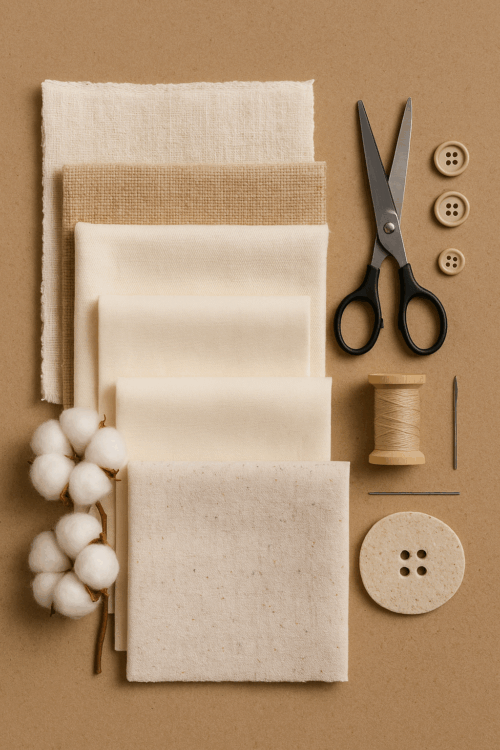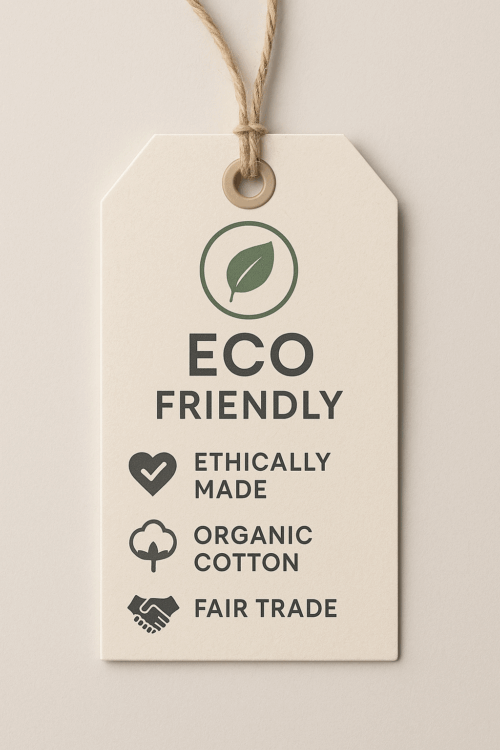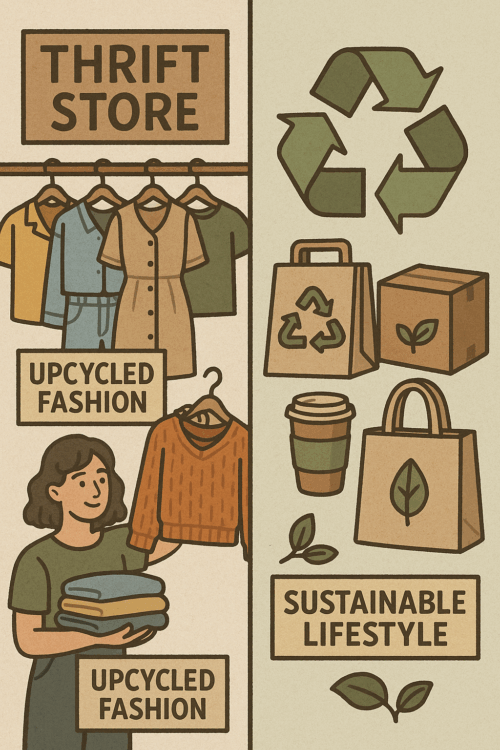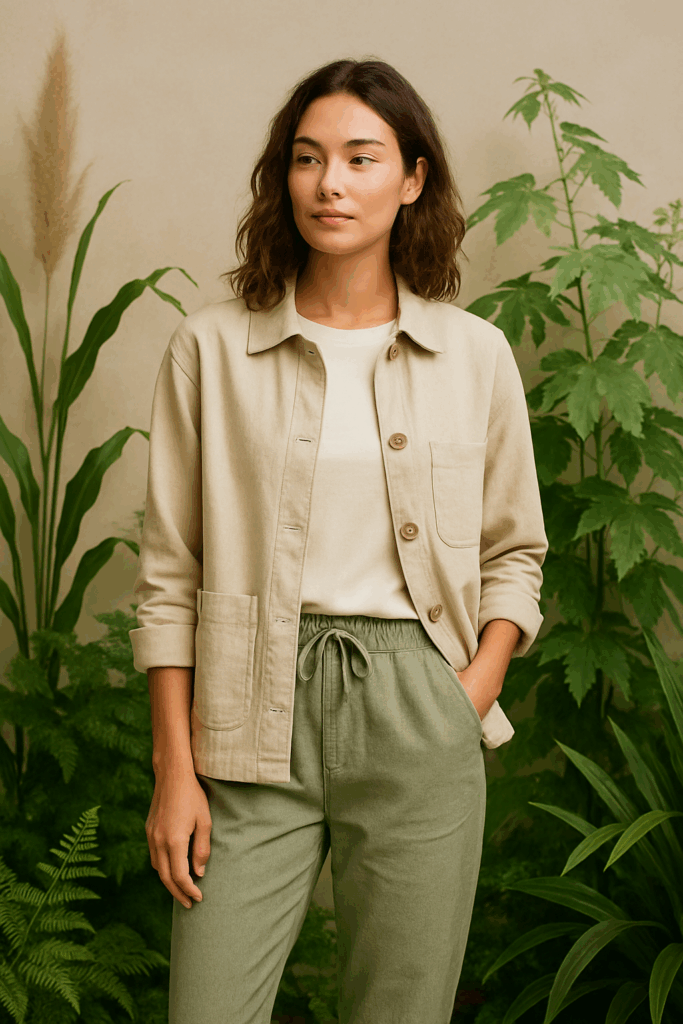
Sustainable Fashion: How Green Brands Are Dominating the Fashion Industry
Fashion today is not just about individuality, creativity, and self-expression more than ever before; it is also about being responsible. With the world increasingly learning about production ethics, waste, and climate change, fashion itself is witnessing a revolution. Sustainable Fashion brands that are green and sustainable have ushered in a new age for the fashion industry, where ethics walk hand in hand with fashion.
The Problem with Fast Fashion
Fast fashion took over the market for years, churning out inexpensive, trendy attire at light speed. Convenient, yes, but at what cost? Clothing is mass-produced in factories that employ questionable labor, and millions of garments end up in landfills every year. The widespread use of water, toxic dyes, and petrochemical-based materials creates environmental pollution. Humans already realize now that the true value of quick fashion is far greater than the cost. The New Wave of Eco-Friendly Brands

Green fashion brands are dominating the scene. They care less about trends and produce products that would endure. They find alternative materials like organic cotton, hemp, bamboo, and recycled materials. Some go one step further with next-generation materials like mushroom-based leather or plastic waste-based fabric. Their message is very clear and loud: less harm but no less fashionable.
Transparency and Ethical Practices
Transparency is also part of the equation of sustainable brands. The consumers of today want to know who produces their clothes and how they do it. Most green companies of today disclose information regarding their supply chain, the production methods of their products, and even labor ethics. Transparency has the purpose of building confidence and enabling individuals to make rational choices.
The Role of Consumers
Consumer demand also sparks eco-friendly fashion. The younger generations, particularly millennials and Gen Z, are choosing ethical options. They would prefer to shop from brands they have an ethical equivalent to, even at a fair added expense. Second-hand shopping, upcycling, and thrift purchasing are still in vogue, and that implies consumers are redefining fashion.
Challenges in Going Green
Though sustainable fashion is becoming popular, it comes with a catch, too. The eco-friendly materials are very expensive, and their products become out of reach to all. Others stand the risk of “greenwashing,” where businesses overstate the environmental advantages just to sell more. Businesses must strike a balance between being real, affordable, and green if they’re to succeed.

The Future of Fashion is Green
In spite of the hiccups, the phase of eco-fashion cannot be wished away. Large fashion giants are coming out with eco-lines, and small independent brands are turning towards sustainability as their business model. The fashion industry is gradually shifting towards circular fashion, where the garment ends up getting recycled, reused, or redesigned, and not destroyed.
Conclusion
The arrival of green brands is fashion’s new path. Consumers no longer view sustainability as a trend but as something mandatory. Fashion is evolving to become the place where creativity, ethics, and responsibility intersect — with evidence that one can do good and feel good.
Recommended1 recommendationPublished in apparel, Bridal, celebrity fashion, Makeup, Petite, street style



